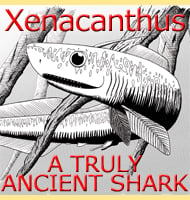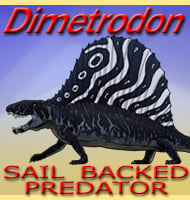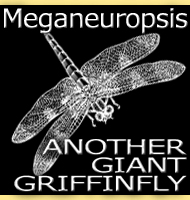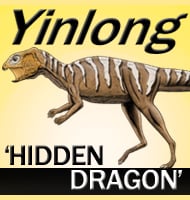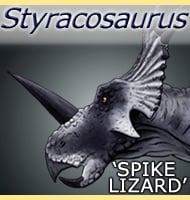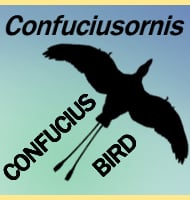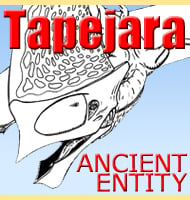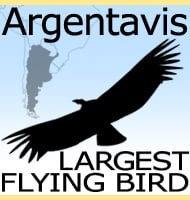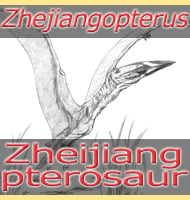In Depth
Mariliasuchus appears to have been an almost entirely terrestrial (living on land) crocodylomorph. The eyes of Mariliasuchus are located more to the sides rather than on top of the head, and the nostrils faced forwards rather than upwards. In aquatic crocodylomorphs both the nostrils and eyes almost always face upwards. Despite this though, the skull of Mariliasuchus still bears a mix of features that are seen in both other terrestrial but also some aquatic crocodylomorphs.
Like in modern crocodiles, the skulls of Mariliasuchus changed as they grew. As an individual Mariliasuchus grew older, the skull would get proportionately shorter, a process that also caused the head to become more robust. The muscles of the head were also quite powerful which infers a need for dealing with tough food. Two large canine teeth projected down from the anterior of the upper jaw, while the teeth behind them were low and more robust. Again this may indicate that Mariliasuchus ate tougher food, but it is still uncertain what because notosuchian crocodylomorphs are known to have a very wide variance diets, with some even being vegetarian.
In the past Mariliasuchus has been considered to have been similar to Comahuesuchus and Adamantinasuchus.
Further Reading
- Re-description of the cranial morphology of Mariliasuchus amarali, and its phylogenetic affinities (Crocodyliformes, Notosuchia) - H. Zaher, D. Pol, A. B. Carvalho, C. Riccomini, D. Campos & W. Nava - 2006.

